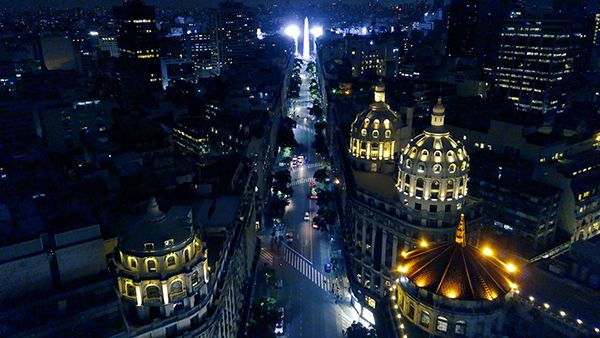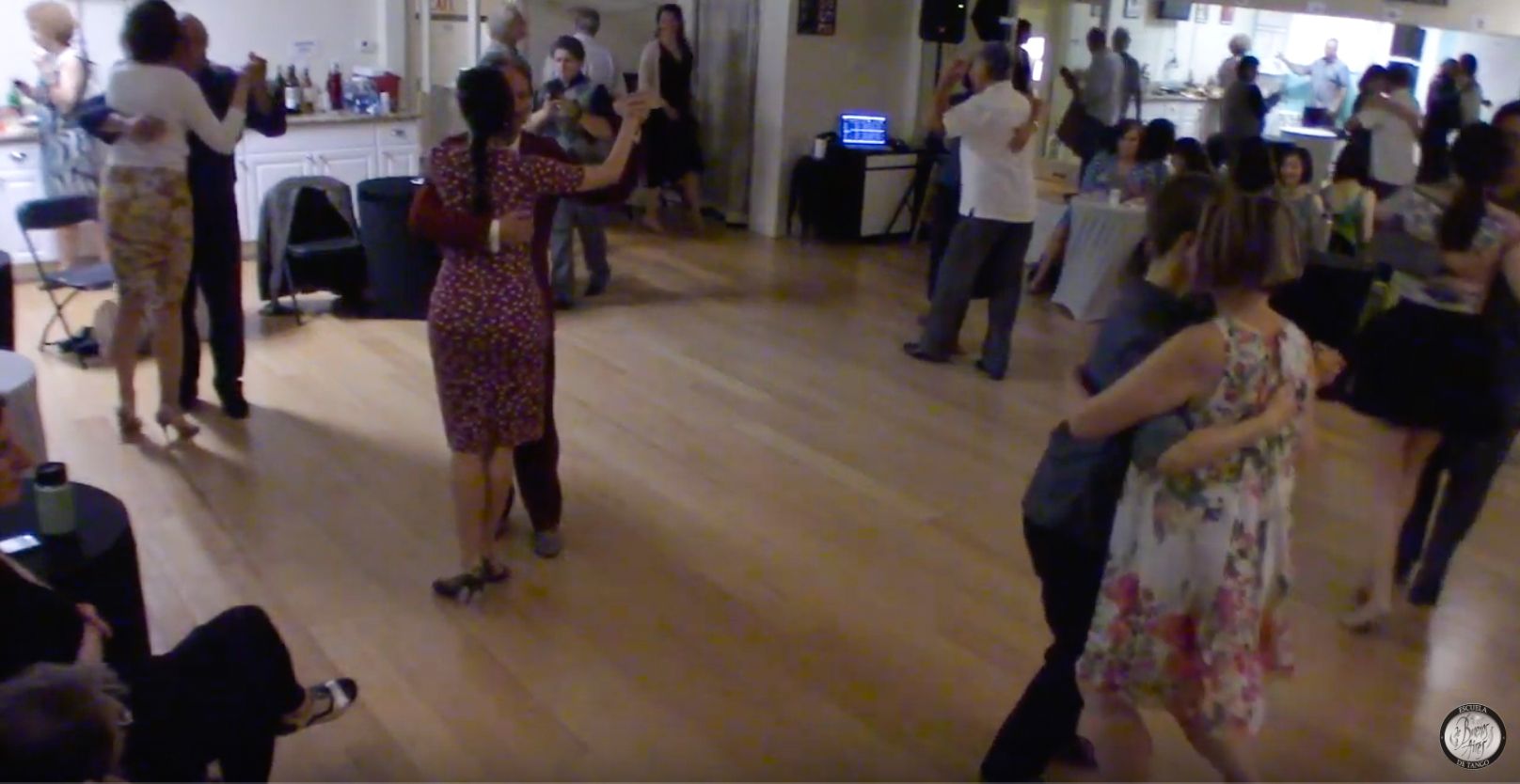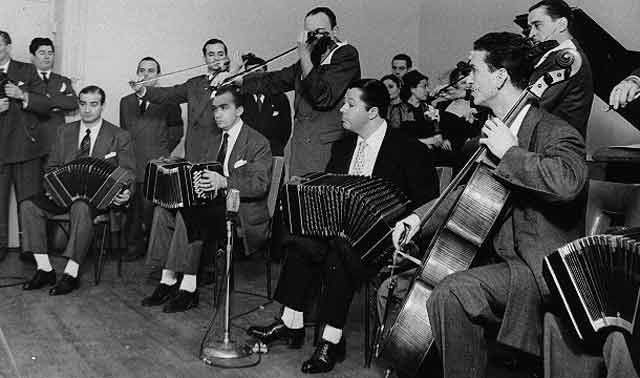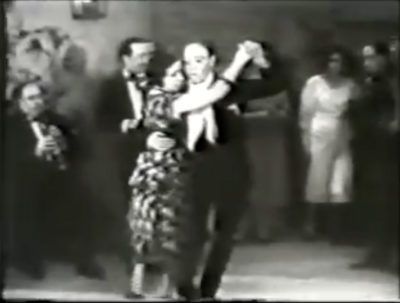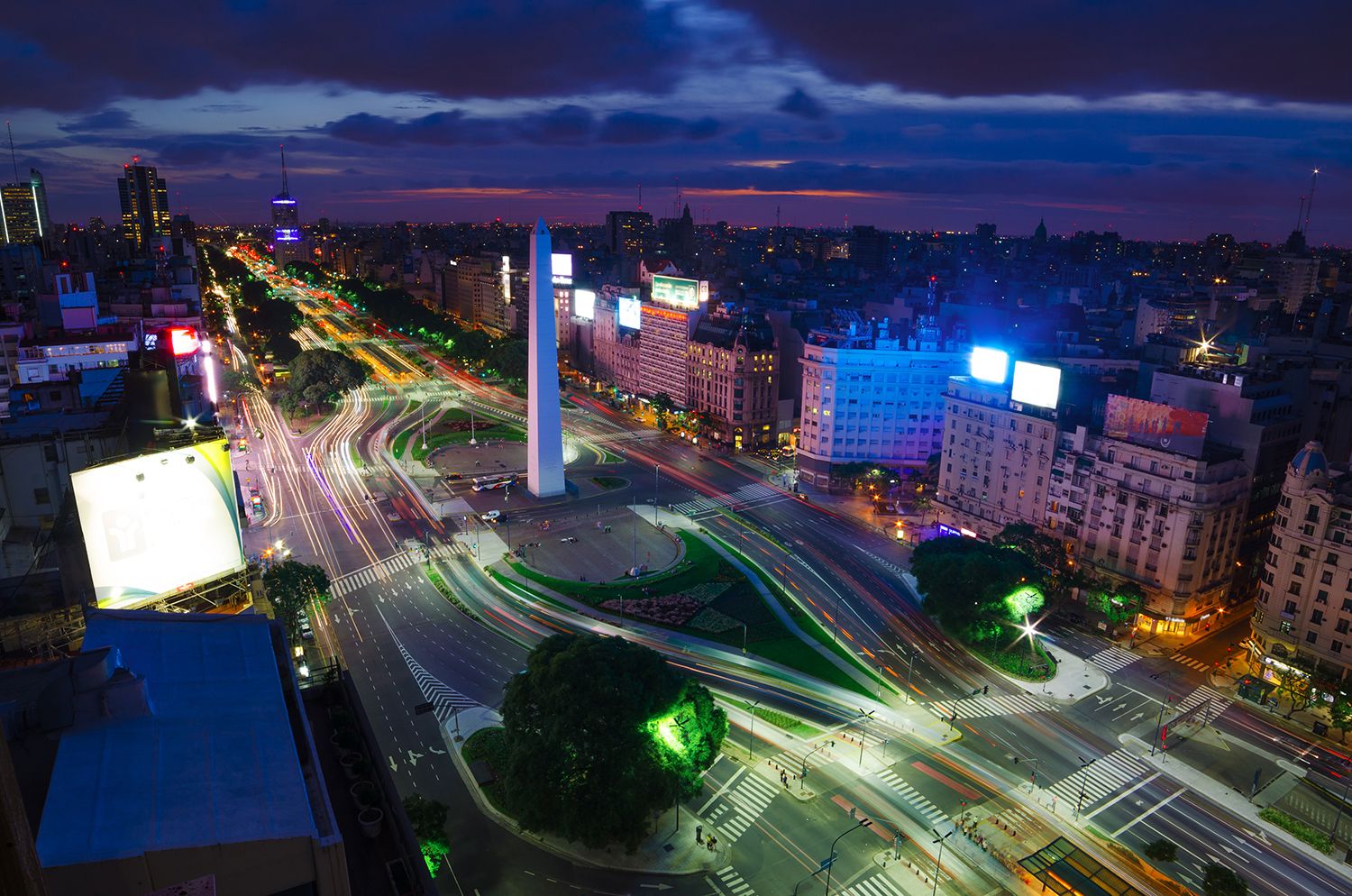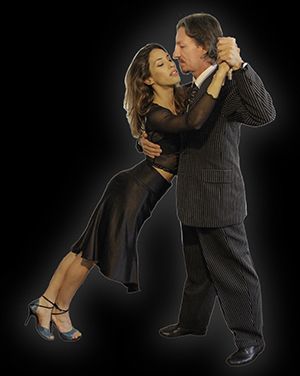Dance Tango!
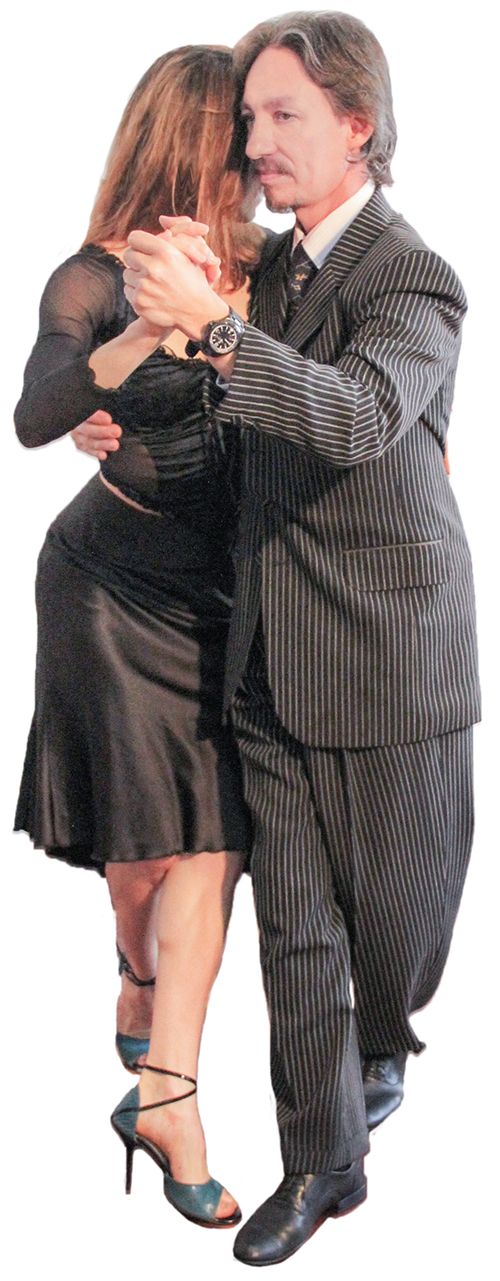
Tango class
You want to live intensely, perceiving every single thing surrounding you, savoring every second of your existence just like when you keep a sip of wine in your mouth and meditate on the sensations of its flavor.
You want to act according to this approach to life, making meaningful decisions, responding to what presents itself in front of you with a clear strategy, instead of reacting unconsciously like an automaton.
Let’s be honest: is there another way to live, that we would choose, besides this engaging intensity?
Often we are distracted by urgent matters requiring our attention; soon we develop habits of being in a constant emergency, running from place to place, squeezing our time, swallowing our meals without tasting it.
Dancing is not an entertainment to amuse and distract yourself. It is, if you dare to commit to a beautiful life, its most realistic aspect.
When you dance, all the elements composing your life come together in an exciting unity: your emotions, your knowledge, your reasoning, your skills, your wittiness, your spark, your care, your compassion, your challenge…
You won’t be able to hide who you are, not only to others, but fundamentally to yourself.
There is always room for improvement. An artist needs to know well the conditions of the raw material which will compose his or her work of art.
All aspects of the human existence form your dance.
Dancing is the wisest way of living. The most beautiful.
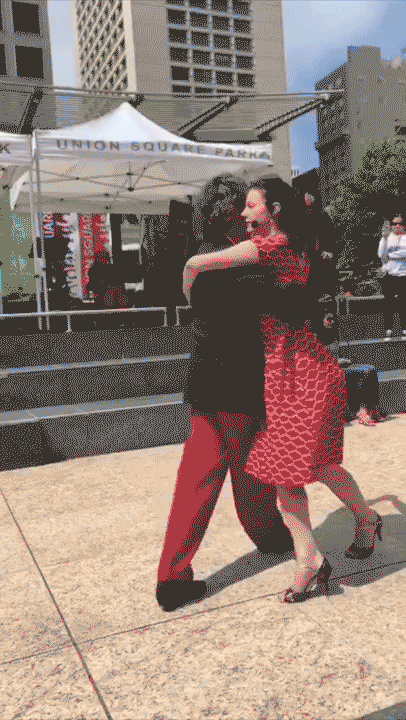
True Tango
Watching me (or anyone) dance may inspire you, and the goal of that inspiration is to get you out of your seat and dancing yourself. There are no trade secrets to steal, nor are there loopholes or shortcuts when learning to dance. Simply taking videos of me dancing on your smart phone won’t make you a dancer.
You will dance if dance is gifted to you.
When your teachers understand that you are as passionate about dancing as they are, that you both belong to the same world, then we can continue the project of actively beautifying it together.
The gift of dance is granted through the knowledge and experience of a dedicated teacher and your persistent devotion.

How to Tango
The construction of a beautiful existence needs to be executed step by step, with the goal of acquiring a system of habits, all balanced in proportions, which allows us to act spontaneously, freely and creatively all at once.
Nature educates us in matters of proportions, especially with our bodies. Music, which is founded on the balanced application of proportions and the training of efficiency in habits, also shows us the path of an elegant life.
We are not alone.
Since we do not live alone (even in situations of the greatest isolation, we remain profoundly related to others), complicity with partners in the achievement of goals and active participation and respect for the existence of others around us, are elements to strongly contemplate in the construction of a beautiful life, a life worth living.
Tango teaches you about a life shaped by these principles. The milonga is the environment where we practice and develop habits of excellence.
Tango passion
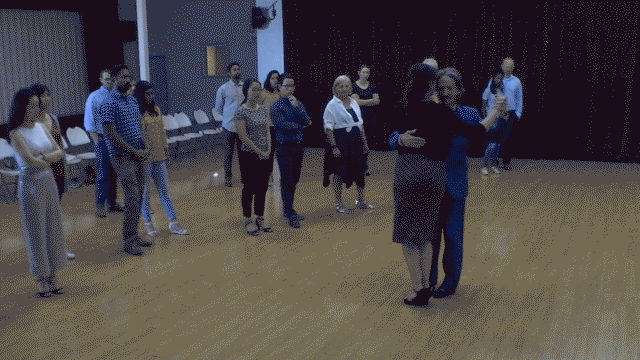
Make a list of things you want to do, for any reason, and then do them one by one. You can schedule them, or do them all today, if you have the time.
By doing them to merely mark them down as done, you are wasting your life.
Passion is the reason to be alive.

Love Tango
In February 1990, when the Voyager 1 space probe had completed its primary mission and was leaving the Solar System, it was commanded by NASA to turn its camera around and take one last photograph of Earth at the request of astronomer and author Carl Sagan.
This photograph is known as “The pale blue dot”.
It became an icon to reflect on the meaningless actions of its inhabitants, inflicting great pain on one another in the pursuit of egotistical endeavors.
How, then, do I shape my habits, act with the aim of producing delight in others and myself, seek to cultivate an existence that I can be proud of, a beautiful life to be regarded as an example?
Tango lesson
How do you put into words an experience that is mainly physical and emotional?
Imagine that one day you feel completely aware. Suddenly you feel that you are awake, that until now you were in a semi-sleeping state.
Now you will always want to be awake and aware.
That is dancing.
It is to make of your desire of returning to that sensation of being awake and aware the source and the guide of all other elements composing your life.
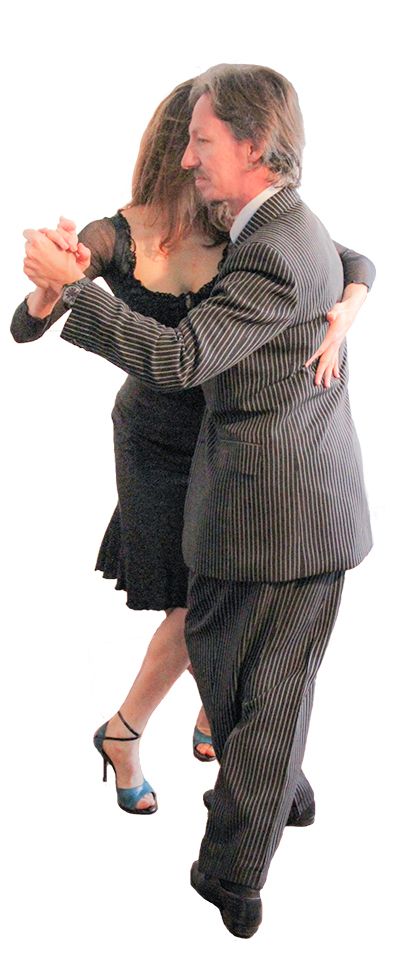
Tango health
The amazing power of our technology allows us to produce all the means of our subsistence at a very low cost. We grew up accustomed to feeling entitled to the satisfaction of all our basic needs: food, clothing, shelter, education, transportation, and means of communication. They are human rights, in the present time, since it would be a crime to deny them to anyone due to our present state of abundance.
Every form of society has always assured the basic means of subsistence for its slaves. It is crucial to the subsistence of the entire society. What is different in our society is that it has never been cheaper.
However, there are things that you won’t be able to acquire cheaply, things for which entitlement does not apply, things that are not abundant, things that open a way for you to go beyond a primary subsistence statute, to a more complex and rich mode of life.
If your parents did not dance, you were not able to perceive the value of dancing in your childhood, as you learned the value of money, for example.
If your parents spent their entire lives with a subsistence approach to life, we can say with certainty that they were slaves. We shouldn’t be less grateful to them because of it. They probably did not have any awareness about their situation or other ways to live. Their sacrifice helped to make the world we live in today, and helped us to be here now.
This is something you discover little by little in the time after you experience dancing, if you dare to think about it.
Would you keep being a slave if you have the possibility of freedom? It will only cost you giving up all those superficial means of indulging yourself that are cheap even when they are expensive and luxurious, cheap because they really do not cost you any effort, any sweat, any emotion nor any passion even when they excite you greatly. Cheap because they only cost you money.
The worst is to not let your children know that they can dance.
Tango performance
If you are painting a picture, a landscape for instance, you activate a process in which the end result will be the landscape.
When you dance, the process and the end result are one and the same.
There is practice, training, learning, and these instances of the elaboration of your dance are the ones in which the errors, mistakes and accidents are part of the process, which is to develop the set of skills and the level of sensitivity that allows you to become a good dancer, a process that for a good dancer never ends.
Often we have loopholes in our personality, some situations trigger a sharp disconnect with reality, breaking our interaction with others, turning us inwards, preventing us from seeing aspects of our character that contradict our ideal, impeding our improvement. We waste an enormous amount of energy on those situations. Emotions overflow in us out of our control.
Put yourself in a position where you have no choice but to accept, to say “yes” to the physical realities of your body and the physical world, to accept that time flows forward, without any chance of returning, to recognize that your company (your partner) and the others (the other couples on the dance floor and in the milonga) have their own desires and limitations, even if they are not aware of them, to acknowledge your own desires and limitations, and say “yes” to all with joy.
You’ll be dancing Tango.
Tango show
A choreography.
When you see dancing, you can objectively describe the movements that you see and note the coincidence of those movements with sounds in the music. A description like this, accurate and precise, cannot replace the experience of witnessing the phenomena of the dance. Your words may be very effective in producing emotions in your audience, but you will be performing poetry, not dancing.
Explaining how to dance Tango requires multiple skills, starting with the fundamental skill of dancing Tango.
The task of teaching the art of Tango dancing is complex, because its subject does not admit simplifications. To know how to dance Tango requires the same process as knowing a human being, not any human being but a particular person. You do not get to know a person in your first encounter, neither in the second, you get to know more about this particular human being every time you meet. This human being, as with all human beings, have many layers in its personality. You find the layers of this persona in public, and other layers when meeting one on one. As you get to know this person more and more, you develop bonds with this person.
This particular person is not a particle floating in the vacuum. This person belongs to a world. You get to know this world by getting to know more and more about this person. In some moment, to really know this person, you need to go and see this person’s world, and see this person in his/her world. You go and meet his/her family, friends, and if this person comes from another country and culture, you will travel there.
Tango, as a dance, is not an abstraction. It empirically manifests to you in the dancing of your teachers, in their personas. To dance Tango, inevitably, you will get to know these persons face to face, in a group and in private lessons. They will be your first experience of dancing Tango from which all subsequent experiences will be molded. Buenos Aires is the world to which Tango belongs, as well as the concrete particular personas of your Tango teachers. To really know Tango, you need to see them in Buenos Aires, at the milongas, with their peers, and experience it yourself, not once, but regularly.
Tango is Life.
Tango Buenos Aires
It is the way you connect to yourself, to your partner, to the music and to the dance floor.
Experienced milongueros pay meticulous attention to their walk, and keep working to improve it even after decades of dancing.
Practice walking by yourself and with a partner. Listen to tango music from the Golden Era every day, not as a “to do” task, but because you are passionate about it. Go to milongas.
Go to Buenos Aires.
Fulfillment
We dance because we value a fulfilling life. We remain committed to our body, recognizing it as the source of our existence. We receive it without having asked for it. That means, for me, that we were challenged to live.
What would be the price of such a life?
A life built step by step as an interpretation of the music of your everyday reality. A life that does not reject anything that happens, incorporating every action in the chain of your own history, saying:
“It was necessary that it happen, it had to happen, I wanted it to happen”.
Latest Spotify playlist:
